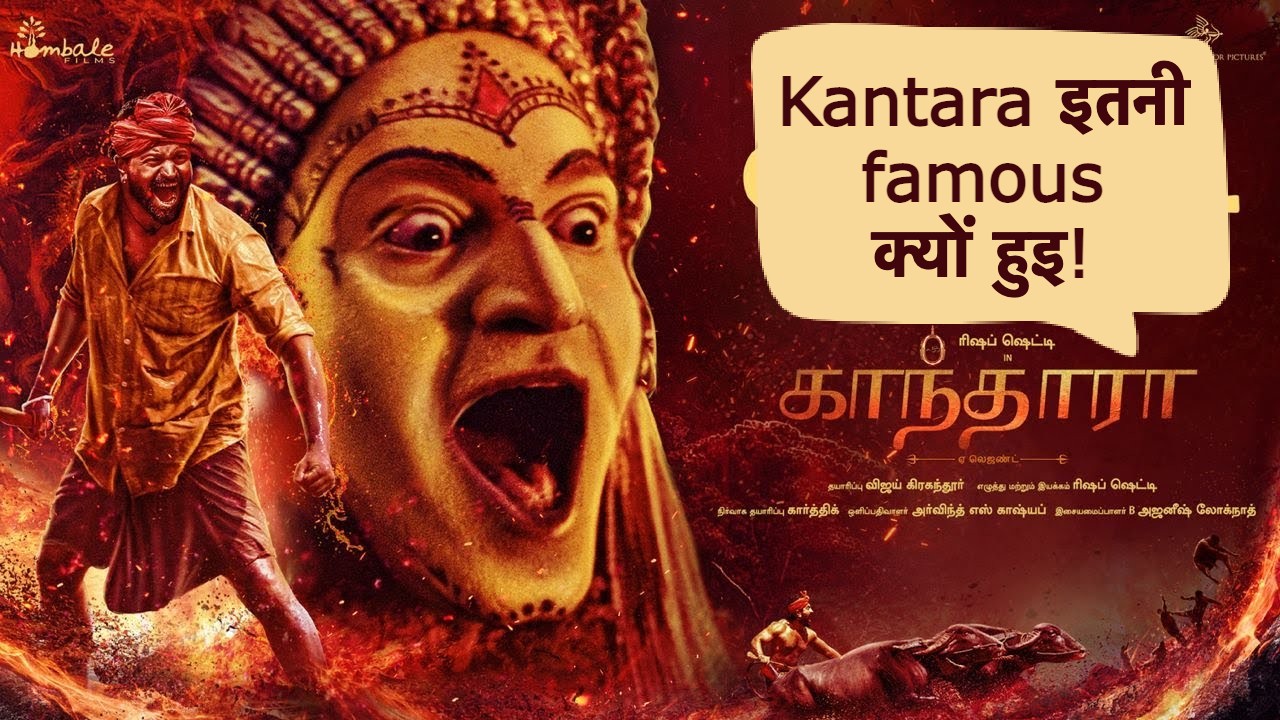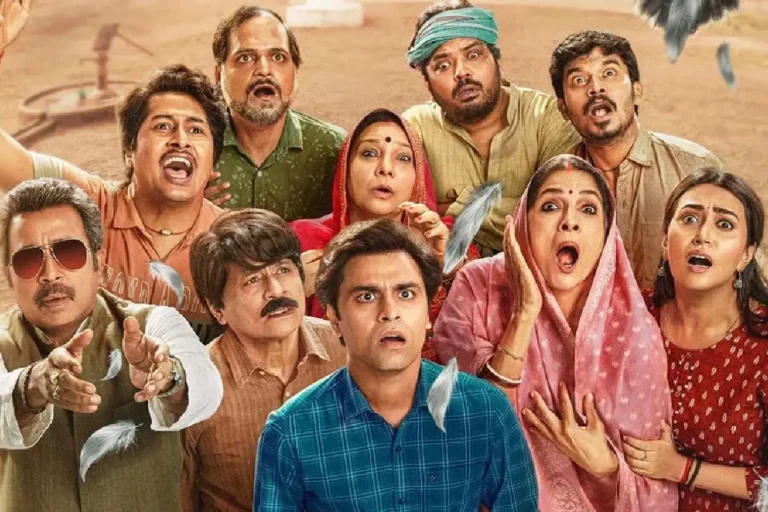
Why Kantara movie is famous?

Malayalam films mainly try to keep it more regional and ethnic and believe that the more ethnic it is, the more international appeal it has. Tamil films mainly keep it regional and political rather than ethnic. It is very difficult not to politicize the subject if it talks about society in general. Telugu movies tend to make it too commercial where the social theme becomes just a background while the advertisements take center stage. And here is the Kannada film “Kantara”. They have made it more regional and religious. And it’s done perfectly well.
Films have often reflected societies and become warriors of perception change through their artistic freedom, films now have no problem showing intimate scenes or corruption or nexus, while a kissing scene was censored in 1929. It shows a lot of progress in “perception”. Kis Kis means kissing among South Asian protective cultures.
Does this mean that films should always depict modernity? And shouldn’t they make up stories of (so-called) “mythology”?
The answer again lies in the philosophy of artistic freedom, just like how mind blowing we are in time travel movies like Interstellar, Time Machine etc. Do they really reflect our society? No, they are all set to showcase the imaginations of the cast as much as the cult film shown by Rishabh Shetty in Kantara.
Culture, region and possibilities.
Southern Karnataka is the most vibrant, diverse and all-encompassing region anywhere in the country, this is where the materialism of Bangalore merges with the nature and greenery of the Bannerghatta Jungle, not that other parts of India are incapable, but Bangalore just Provides opportunities like no other.
From the kings of Vijayanagara accepting Rajasthani immigrants to the Maharajas of Mysore readily abdicating their thrones to accept Indian democratic rule, the modern mayors of Bangalore have no problem accepting foreign cultures And indeed Bangalore reflects its multi-religious and cosmopolitan character. The metropolis is said to be like no other city in the world by its more than 1000 temples, 400 mosques, 100 churches, 40 Jain temples, three Sikh gurudwaras, two Buddhist viharas and a Zoroastrian fire temple located in an area of 741 sq km. , It is also the second highest contributing city to the country after Mumbai, hosting HAL, ISRO, IISc, Infosys, Akshaya Patra etc.
In the reluctance to accept and adopt, overcome and develop the good things in foreign cultures the risk of eradicating the remnants of a culture itself overshadows the existing flaws and with the presence of Bangalorean such danger seems minimal of NYC and BJYM presidents, it is also shaping the future political views of our nation.
The more local, the more universal.
When we see fair actors, material wealth, sci-fi and all modernity in movies, what does it really represent? It must be either a European way of life or just an artistic fantasy. What does this tell us when these themes dominate all the movies? It just reflects the European way of life or the European identity.
If yes then what is our identity? Which is unique and new to others. And this is where the need to revisit our roots arises. And cultural sovereignty helps us to make our presence felt in times of changing tides in global soft power.
India is not only known for its cheap and great software exports, management magnates or masala foods, but also for the transcendental culture that is beyond the realms of atheism, agnosticism, nihilism and materialism.
Kantara simply positions herself as herself and that got 100% approval from all over.
Films often fail not because of lack of resources or lack of talent, but because of the lack of cultural elements in them, culture is simply the reaction that the audience is pointing to on which their emotions are invested and a successful film. The director must hold the hand of an audience and take them on a roller coaster ride and drop them off safely as if nothing has happened, to leave them wondering what just happened, and it is only certain Possible with strong cultural elements accompanying the story.
Kantara is much more than what it shows!
[From the Puranas], Goddess Parvati fell in love with the beauty of a wild boar (pig) and kept it in Kailasa, but eventually Lord Shiva became upset with the nuisance created by it and killed it in anger. But he had to take rebirth to console Goddess Parvati.
He then blesses the wild boar to guard the area of the place where the past happened (jungle), the same theme is adopted in the film, Shiva (Rishabh Shetty) drinks, smokes, destroys, very skillful loves “Leela”, sleeps above ground in “Kailash”, enjoys his mother’s chastisement. Though selfish, rigid, disorganized, irresponsible but when his time came, he is the one who Will not hesitate to take bullets on his chest to protect his people, just like Lord Shiva is ready to consume poison to protect the universe.
Leela (the heroine character) actually stands as the first line of defense by throwing a spear at the enemies, like Goddess Parvati stopping poison (“halala”) in her husband’s throat to save him from death.
The film goes to great lengths to tell the audience that, when divine Mother Nature “speaks for herself” there is nothing one can do but surrender with folded hands and acknowledge one’s inferiority before the divine manifestation. Which is also a subtle message. To attribute their “possessiveness” to the modern world is that they are nihilistic on the footprint of cosmic creation.
Some films do business, some entertain, some warn, but films like Jai Bheem that end with the universal language of helpless women’s silent cry for justice or Kantara that echoes behind an echoing “ooooo” sound signals, transcends these empirical results and leaves a lasting impression.
“Being conscious of the emergent nature of our existence makes our lives purposeful and satisfying” as a message that should prevail in us after watching Kantara, The Legend (really).





